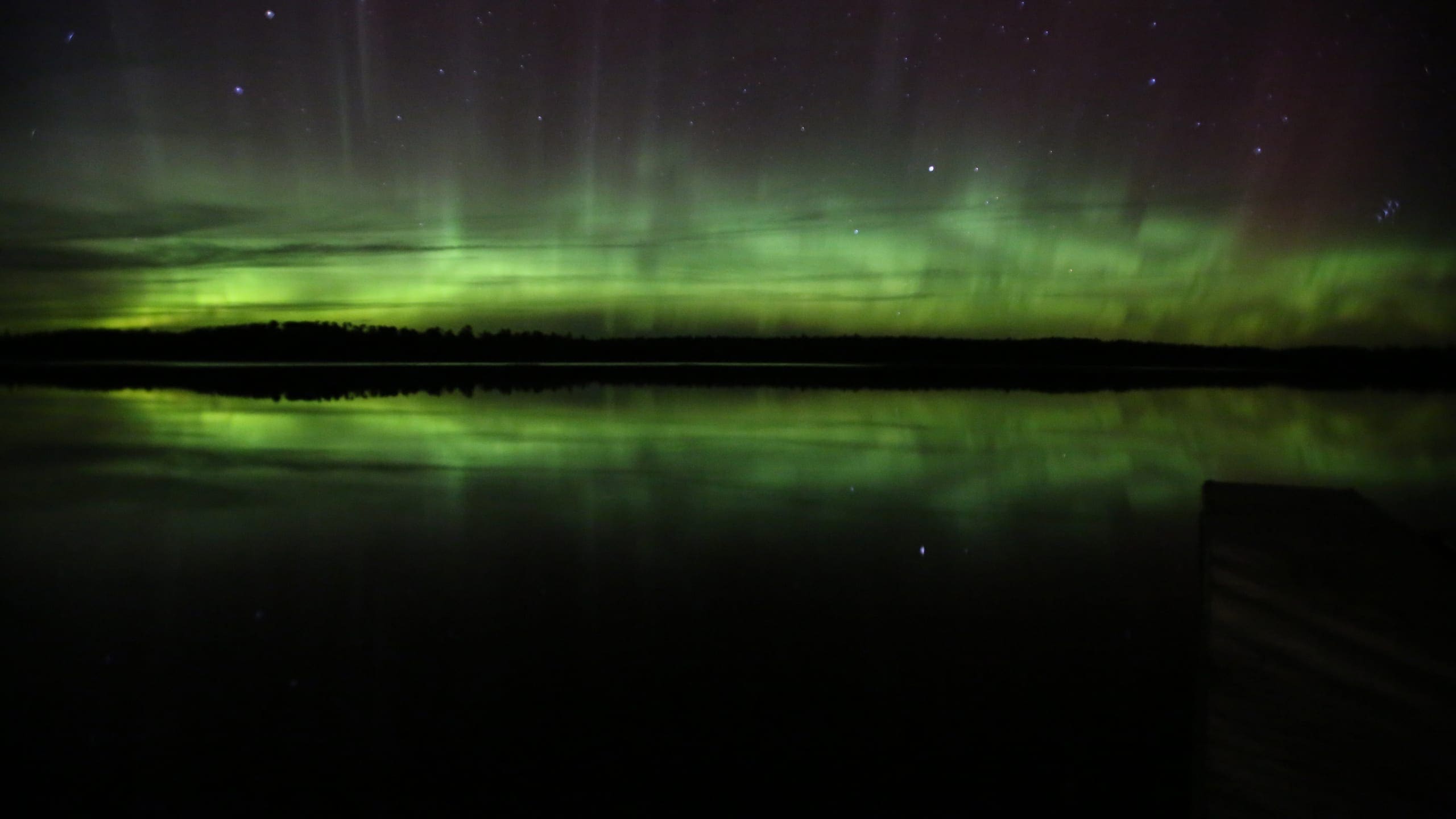About Voyageurs National Park
Voyageurs National Park is a place of scenic landscapes and interconnected waterways, and is rich in human history. Named for the French-Canadian canoe-men who traveled these waters in birchbark canoes from the Great Lakes to the interior of the western United States and Canada, the park preserves one of the most important segments of the economically and culturally transformative North American fur trade route. This historic route contributed significantly to the opening of the northwestern United States during the late 1700s and early 1800s.
Well before the voyageurs, the first people to travel to this region came thousands of years ago, after the last of the glaciers had melted away and left this low landscape of expansive lakes and wetlands. The earliest people came from the Paleoindian and Archaic traditions, while the more extensively studied Woodlands, Native American, and Euroamerican eras of park history occurred from approximately 2,150 years ago to the present. Nearly every major prehistoric and historic theme associated with human interaction and development of the northwestern United States is represented within park boundaries. This includes early hunters and gatherers, homesteaders, and immigrants who came to log, fish, hunt, trap, and mine. Hundreds of archeological sites remain as a record of the area’s earliest human inhabitants. In more recent years, this landscape was also home to people who sought to make their living off the land through logging, mining, commercial fishing, and recreation.
Located in sparsely populated northern Minnesota and sharing 55 miles of international border with Canada, the 218,000-acre park is part of a larger ecosystem that includes the Boundary Waters Canoe Area Wilderness and Quetico Provincial Park, although these areas are not located within the boundaries of Voyageurs National Park. Water levels in the park’s four largest lakes are controlled by dams within and outside of the park’s boundary and have been artificially controlled since the early 1900s for power generation, flood control, and other legally recognized uses. Three of these lakes are international waters. Rainy Lake, for example, is part of the U.S.-Canada border and is managed through international coordination.
The landscape has been shaped and carved by at least four periods of glaciation, revealing some of the oldest exposed rock formations in the world. Resulting topography of the park is rugged and varied; rocky outcrops are interspersed between bogs, beaver ponds, swamps, islands, small lakes, and four large lakes (Rainy, Kabetogama, Namakan, and Sand Point Lakes). Water covers about 40% of the national park. In the years since the last glaciation, a thin layer of soil has been created that supports the boreal forest ecosystem, the “North Woods” of Voyageurs National Park.
With a vast and diverse landscape to manage, developing and maintaining partnerships are a vital component of the park’s administration. The park staff work closely with two partners in particular—the Voyageurs National Park Association and the Heart of the Continent Partnership. Created in 1965 to establish a national park in northern Minnesota, the mission of the Voyageurs National Park Association is to protect and promote the natural, recreational, and historic resources of Voyageurs National Park. The Heart of the Continent Partnership is a Canadian and American coalition of land managers and stakeholders that work together on cross-border projects to promote the economic, cultural and natural health of the lakes, forests, and communities along the Ontario–Minnesota border.
Eighteen American Indian tribes are culturally associated with Voyageurs National Park (see appendix D). Historically various Native American groups inhabited the area. These groups were descendants of late prehistoric Algonkian-speaking groups, the Ojibwe, the Cree, and the Dakotan-speaking Assiniboin. The Ojibwe were the primary occupants of the region during the historic period after about 1736, if not earlier. Four bands of the Bois Forte Ojibwe lived in what is now the park from at least the 1880s until the mid-1920s. The Bois Forte Ojibwe and Canadian Ojibwe First Nations retain strong cultural connections to traditional lands in the park.
Visitors today come to the park to see and touch rocks half as old as the world, experience the life of a voyageur, immerse themselves in the sights and sounds of a boreal forest, view the dark skies, or ply the interconnected water routes. The national park is a place where visitors may leave roads behind for waterways. These unique values represent an enduring park resource and are further elevated in NPS policies for lands that possess wilderness characteristics. Approximately 58% of Voyageurs National Park contains sufficient wilderness qualities to be considered for wilderness designation and park managers integrate these values into planning, preservation, and management activities. The water, geology, and accompanying scenery, along with rich cultural and natural resources, give the park its national significance and make it worthy of protection for the enjoyment of present and future generations.
Source: Foundation Document – Voyageurs National Parks
Fast Facts:
| Date the Park was Established: | January 8, 1971 |
| Park Area (as of 2019): | 218,222.35 acres (883.1 km2) |
| Recreational Visitors (2018 Total): | 239,656 visitors |




